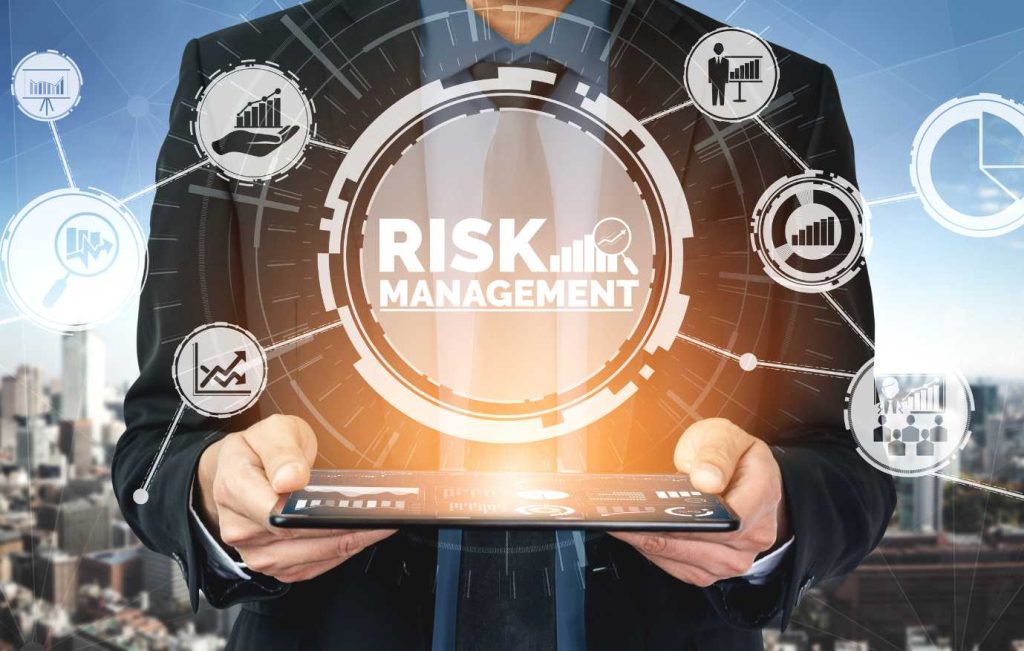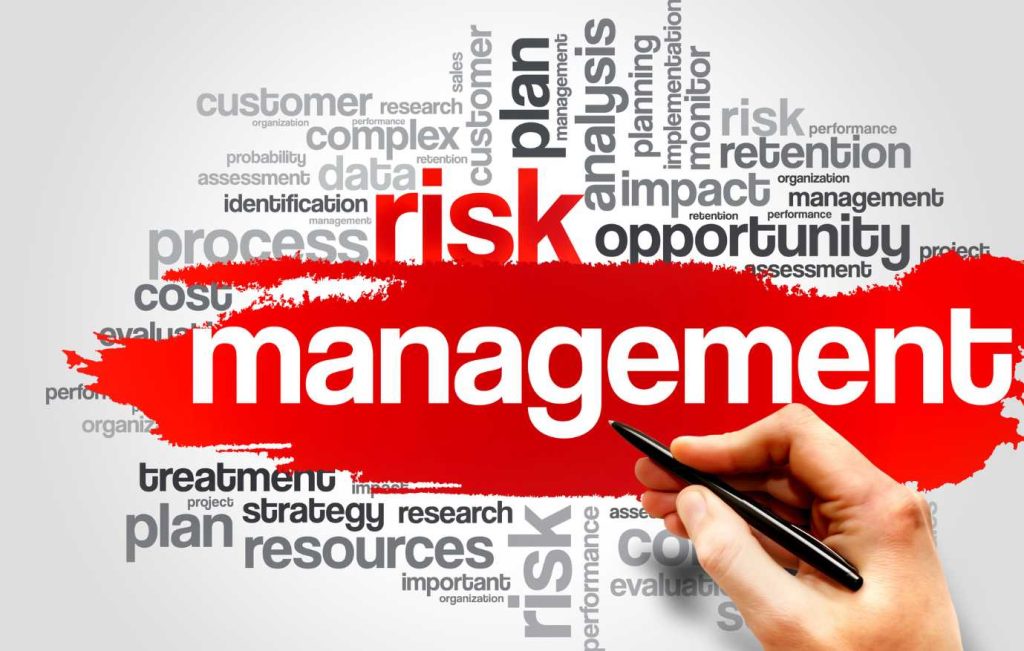Managing risks is a fundamental aspect of any organization’s strategic planning. Understanding the impact and likelihood of various risks can make the difference between navigating challenges successfully or facing unexpected setbacks. This article will guide you through the essential components of risk impact and likelihood assessment, helping you implement effective risk management strategies in your organization.
Risk management might sound daunting, but it’s an essential practice for any organization looking to safeguard its assets and operations. By assessing the impact and likelihood of potential risks, you can prioritize your efforts and mitigate the most critical threats. In this guide, we’ll break down the process of risk impact and likelihood assessment, making it accessible and actionable for you and your team.

What is Risk Impact and Likelihood Assessment?
Risk impact and likelihood assessment is a systematic approach to identifying and evaluating potential risks that could affect your organization. This process involves two key components:
- Risk Impact: Evaluating the consequences or effects of a risk event. How severe would the impact be if the risk materialized?
- Risk Likelihood: Estimating the probability or frequency of the risk occurring. How likely is it that this risk will happen?
By combining these two factors, organizations can prioritize risks and focus their resources on the most significant threats.
The Importance of Risk Assessment
Effective risk assessment allows organizations to:
- Identify Potential Threats: Recognize risks before they become issues.
- Prioritize Risks: Focus on the most significant risks that could impact the organization.
- Allocate Resources: Use resources efficiently to manage and mitigate risks.
- Improve Decision Making: Make informed decisions based on a clear understanding of potential risks.

Steps in Risk Impact and Likelihood Assessment
1. Identify Risks
The first step is to identify potential risks that could affect your organization. This involves gathering input from various stakeholders, reviewing historical data, and considering external factors such as market trends and regulatory changes.
2. Evaluate Risk Impact
Once risks are identified, evaluate the potential impact of each risk. Consider the following factors:
- Financial Impact: Potential loss of revenue or increased costs.
- Operational Impact: Disruption to business processes and operations.
- Reputational Impact: Damage to the organization’s reputation and brand.
- Compliance Impact: Legal and regulatory implications.
3. Assess Risk Likelihood
Next, assess the likelihood of each risk occurring. This can be based on historical data, industry benchmarks, and expert judgment. Use a scale (e.g., low, medium, high) to rate the probability of each risk.
4. Prioritize Risks
Combine the impact and likelihood assessments to prioritize risks. Create a risk matrix to visualize and categorize risks based on their significance. Focus on high-impact, high-likelihood risks first, followed by those with lower impact or likelihood.
5. Develop Mitigation Strategies
For each prioritized risk, develop strategies to mitigate or manage the risk. This may include:
- Avoidance: Eliminating the risk by changing plans or processes.
- Reduction: Implementing measures to reduce the impact or likelihood of the risk.
- Transfer: Shifting the risk to a third party (e.g., through insurance).
- Acceptance: Acknowledging the risk and preparing to manage its impact if it occurs.
6. Monitor and Review
Risk assessment is an ongoing process. Regularly review and update your risk assessments to reflect changes in the organization and its environment. Monitor the effectiveness of mitigation strategies and adjust as necessary.
Benefits of Using ADDMORE’s Services
Effective risk management requires the right tools and expertise. At ADDMORE Services, we provide comprehensive solutions to help you assess and manage risks effectively. Our team of experts can assist you in identifying potential threats, evaluating their impact and likelihood, and developing robust mitigation strategies. With ADDMORE Services, you can ensure your organization is well-prepared to navigate any challenges that come your way.
Learn more about our services and how we can help you safeguard your organization’s future by visiting ADDMORE Services.
Conclusion
Risk impact and likelihood assessment is a critical component of effective risk management. By understanding and prioritizing risks, you can protect your organization from potential threats and make informed decisions that drive success. Start implementing these practices today and see the difference they make in your risk management strategy.
For more insights and tools on managing risks, stay tuned to our blog and explore our range of services designed to empower your organization.









